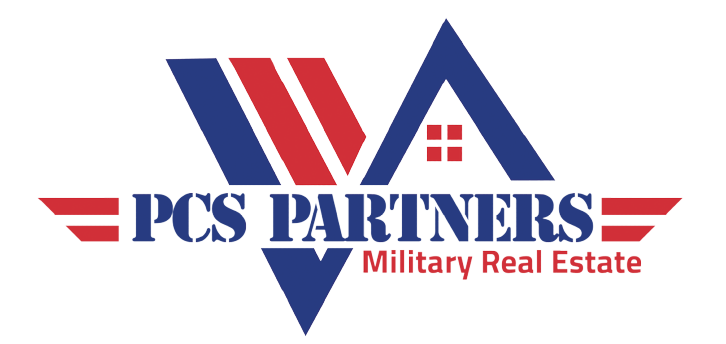Smart investors are changing their model of deal sourcing.
Those who are surviving and thriving from the effects of the pandemic and the current economic changes are leaving the status quo behind and finding new ways to secure and buy real estate.
If you’ve been witnessing a crisis in price increases and extreme property prices, or are getting frustrated trying to find deals where the numbers actually work (trust me, I feel your pain), then This is a mindset shift that you need to consider.
Here’s a breakdown of the old model versus the new model of acquisition and why this change is so important to you.
Free Real Estate Webinar
Shorten the learning curve by participating in BiggerPockets Webinars. Hosted by expert real estate investors, you’ll learn how to master the basics and get tips for finding your next deal. See what’s available and register for an upcoming session!
old model of property acquisition
The traditional way of finding and buying properties is fraught with issues for investors. This is leading to greater diminishing returns and a mismatch in deal flow and earnings. At most it leads to a lot of risk, stress, anxiety and overpaying for the properties.
The old model of property buying relied on a menu of properties being advertised and pushed at you at any given time – relying on real estate brokers and agents to bring you their listings and on popular online public listing portals. In this situation, you and your finances are actually held ransom by the brokers and seller optimism.
You are either waiting for deals to fall into your lap or battling it out in a bidding war for properties at premium prices just like everyone else. Often good things aren’t on this menu at all.
Not only can this give the appearance of a lack of deals, but it also makes it very tempting to take on a lot of risk and be even more aggressive in your underwriting.
This is extra important right now, when many brokers are persuading sellers to list at higher prices, and lazy investors are more than happy to pay more in a bidding war than they can get.
Why is the old model out of date?
For example, it was recently reported that out of desperation, a fund paid builders a 50% premium for their units. One of the recent guests on my podcast in Kansas City, who has built a portfolio of over 4,000 units valued at $400 million, told our audience that he is also seeing this problem in the multifamily market on 75-plus-unit apartment complexes. is watching
It used to be that he had to face two or three local competing buyers. Now the number is up to 10 or 13 competing bids and they are coming from all over the country and internationally. What’s worse is that these investors are often happy to park their money in real estate as a hedge against inflation, or to sell in a few years if they used to invest for negative yields and negative cash flows. go and get benefits from the property. Appreciate. They are willing to pay more than is understandable for most investors.
We also experienced this personally in Louisville, Kentucky. We ran our numbers on the deal, and at a stretch, we could almost justify the $7.5 million offer, which was probably already too high. Then the broker said the seller was looking for $12.5 million. Totally out of the ballpark.
More on Lead Generation from BigPockets
new model of property acquisition
We have been making this change for years. If you want to have any control over your deal flow, investment performance, or distribution to your own investors, you need to find a better way to acquire deals. Even more so if you don’t want to get bogged down in speculation or taking huge millions of dollars of risk, don’t really look at getting double digit returns.
The new model is about how to get better deals from more motivated sellers with better value. This is where you’ll find more negotiating points, less competition, better prices, lots of inventory, and higher ROI.
The new model is about taking control and going out to source the deals – specifically off-market deals. In this market, there are infinitely more potential acquisitions in the shadows that are not yet actively for sale. There are at least millions to filter through and make smart offers.
This means lead generation. Pull potential leads from a variety of data sources, build your pipeline, work on your CRM, and reach out through methods such as direct mail, cold calls, and text blasts.
The next step, where you can really set yourself apart and gain an edge, is to follow up and convert those leads into contracts. Many times, when you first arrive, the owner may not have any problems that you can solve, but things change. It may take creativity, discipline and a willingness to do what other investors are unwilling to do (in an ethical way), but it can pay off big.
Follow-up will allow you to differentiate yourself from the competition. This alone saved us just under $800,000 on our latest 156-unit deal.
adopting a hybrid approach
Some of you may not yet be ready to completely leave behind the old ways and throw yourself into the new model of acquisition. It makes sense. Consider a hybrid model.
Try to take more initiative and control and implement the new model. If you’ve come across attractive deals via older models in the meantime, that’s great, buy them.
Then monitor what’s working. Where are the deals you’re coming from closing? Where are the best performing deals versus the worst performing or where are the biggest risks coming from?
Start by removing the non-performing and underperforming parts of your model and replacing them with better sources. Keep tweaking and improving.
This new model and even the hybrid approach is far more evergreen. This will keep you alive and thriving in all phases of the market. If you streamline your processes, the new model can deliver more predictable results and the highest possible returns by providing value and solutions directly to off-market owners.
Note by BiggerPockets: These are the views expressed by the author and do not necessarily represent the views of BigPockets.





